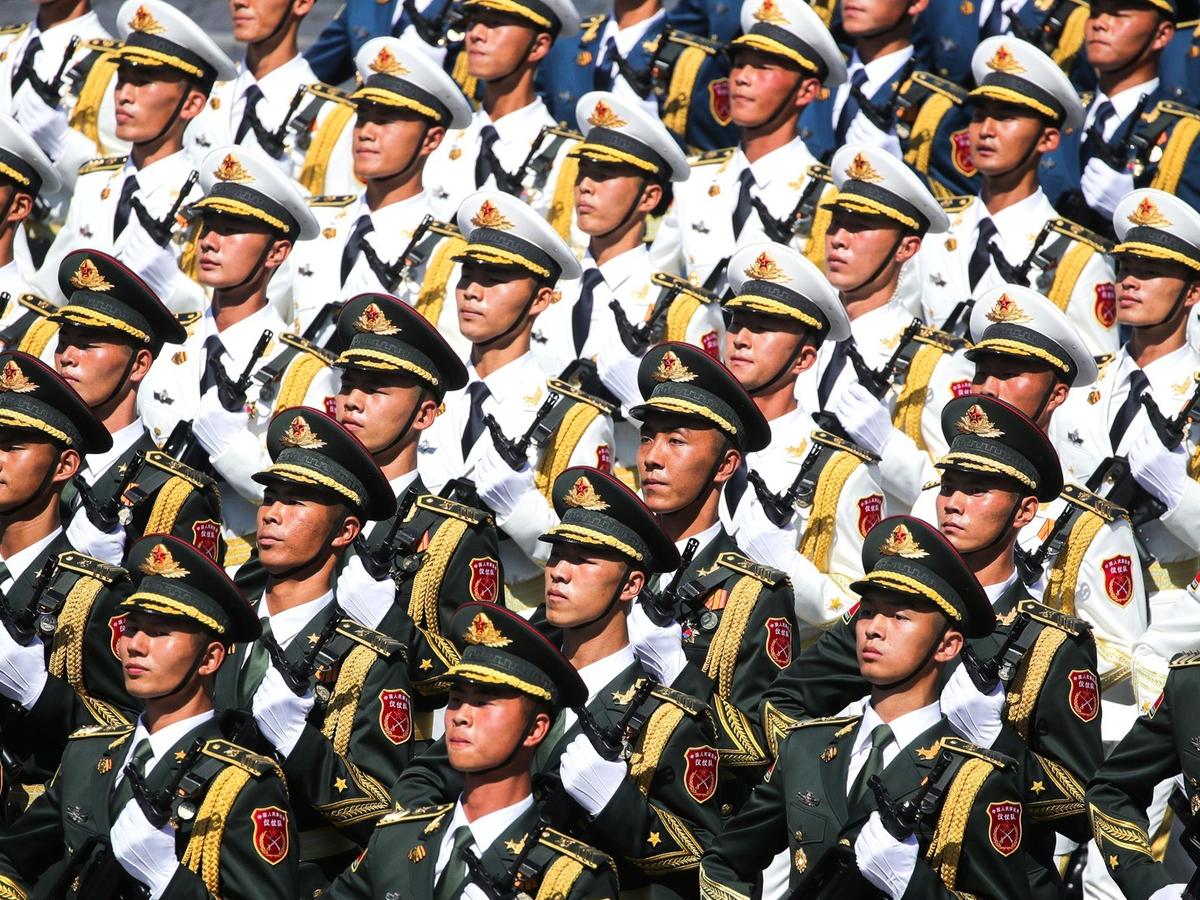
China is experiencing rapid demographic change as young people are making up an ever-smaller share of the population. At the same time, China is seeking to modernize the People’s Liberation Army (PLA). These two topics generally have been considered separately to date.
In a RAND report, the authors place China’s current population dynamics in context to consider how demographic changes will affect the PLA and China’s broader society and to improve understanding of China’s military strategy and of the choices China will likely face in the near term. First, the authors discuss China’s current and past fertility rates, comparing trends in China with those in other countries. Next, they document China’s age distribution and compare it with that of the United States. They discuss other specific health- and education-related trends that will influence PLA recruiting, present information about China’s past and its likely future economic growth rates, and analyze the implications for the PLA and the country as a whole. Finally, the authors discuss the PLA’s aims and the ways in which demographic and other trends may influence its capacity to achieve its goals.
The authors’ analysis reveals that China’s demographic trends do not portend a crisis for the PLA. However, China’s economic and social environment will likely limit the PLA’s ability to build the type of military that Chairman of the Central Military Commission Xi Jinping envisions. If the PLA cannot access the types of recruits it needs, it may be forced to rethink its goals and assumptions about modernization.
Key Findings
- China’s population is declining, which will cause problems for China but not necessarily for the PLA.
- Fertility patterns in China are similar to those observed in other countries. This suggests that revoking the one-child policy will continue to have a smaller effect on population size than the Chinese government may have assumed and that China’s population will continue to shrink in the future.
- Despite this stark change, China’s youth population will remain more than three times the size of the United States’ youth population in the near term.
- China’s current challenges include how to sustain economic growth as the economy matures and the population ages.
- Although demographic patterns in China are similar to those seen in other countries, comparisons should be made with caution; China’s immense size means that small within-country changes could have large global impacts.
- The PLA’s primary demographic challenge—which includes cultural, social, and political components—will be whether it can build and develop the type of military that Xi envisions.
- China’s future operational model requires access to talent that it has struggled to obtain, in part, because of the PLA’s culture and role in society.
- China’s economic and social environment will likely limit the PLA’s ability to get the “right” people in its ranks, which may force the PLA to rethink its goals and assumptions about modernization, specifically whether it can adopt a Western or quasi-Western operational model.

